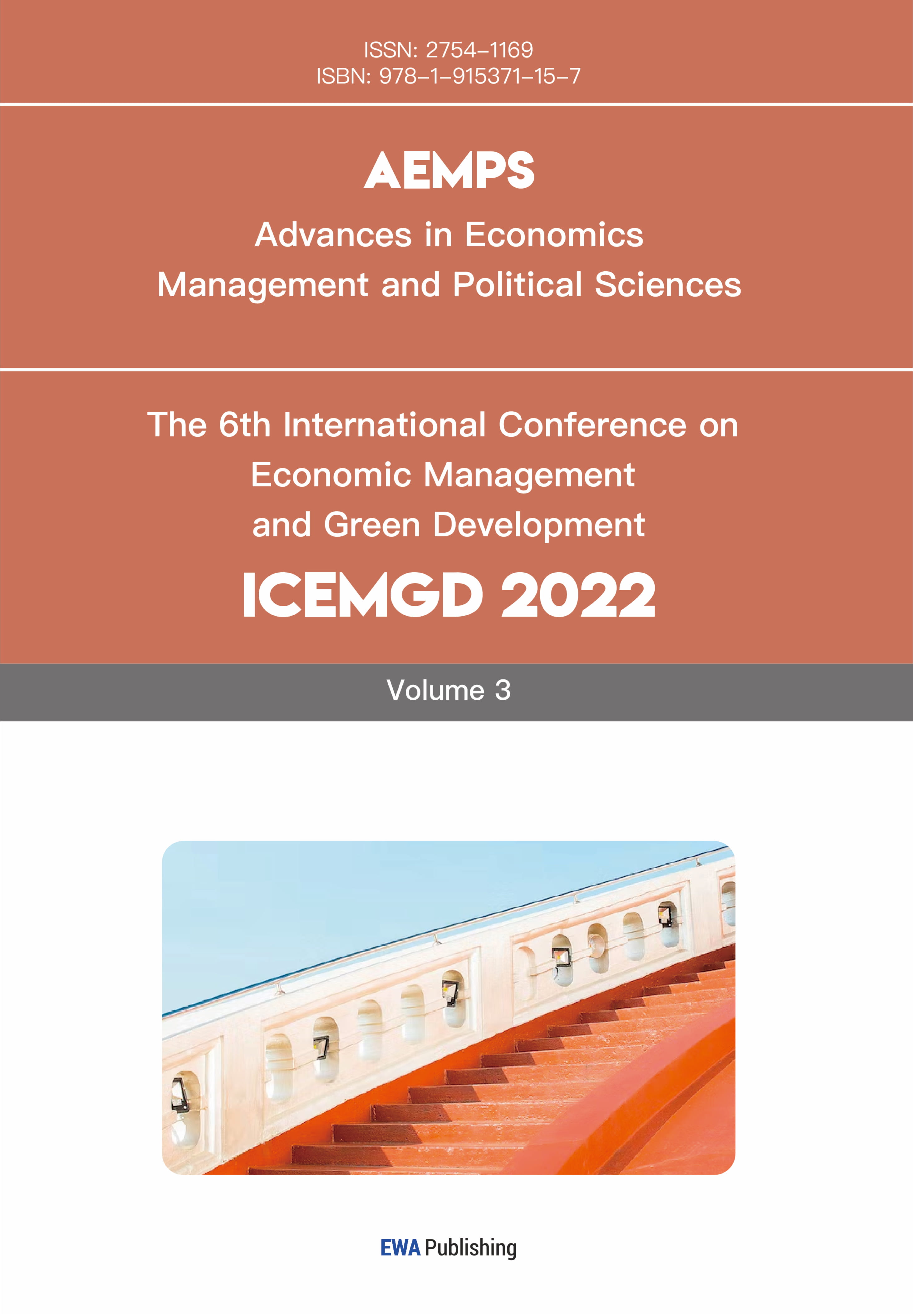References
[1]. Wang, R.Q. (2025) Research on brand building and marketing strategies of CBEC under globalization. Journal of Jiamusi Vocational College41(4), 95-97.
[2]. Jiang, Y. (2021) The impact of cross border e-commerce on foreign trade. The Frontiers of Society, Science and Technology3(5).
[3]. Wang, Z.Y. (2024) Comparative study of cross-border e-commerce and traditional foreign trade models. Enterprise Reform and Management (6), 70–72.
[4]. Qi, X., Chan, J.H., Hu, J. and Li, Y. (2020) Motivations for selecting cross-border e-commerce as a foreign market entry mode. Industrial Marketing Management89, 50-60.
[5]. Cassia, F. and Magno, F. (2022) Cross-border e-commerce as a foreign market entry mode among SMEs: the relationship between export capabilities and performance. Review of International Business and Strategy32(2), 267-283.
[6]. Lu, R.J. (2025) An analysis of the impact of cross-border e-commerce on traditional foreign trade models. Marketing and Management (3), 30–32.
[7]. Qi, X., Qin, W. and Lin, B. (2024) Case study on synergistic development strategy of cross-border e-commerce and logistics: An empirically model estimation. Plos One19(6), e0304393.
[8]. Ning, K., Chen, X. and Xiao, Y. (2025) Cross-border e-commerce, foreign investment and export trade resilience. Finance Research Letters107595.
[9]. Hang, H.T. and Adjouro, T. (2021) The effects of cross-border e-commerce on international trade and economic growth: A case of China. International Journal of Economics and Finance13(12), 82-89.
[10]. Wang, C., Liu, T., Wang, J., Li, D., Wen, D., Ziomkovskaya, P. and Zhao, Y. (2022) Cross-border e-commerce trade and industrial clusters: evidence from China. Sustainability14(6), 3576.



